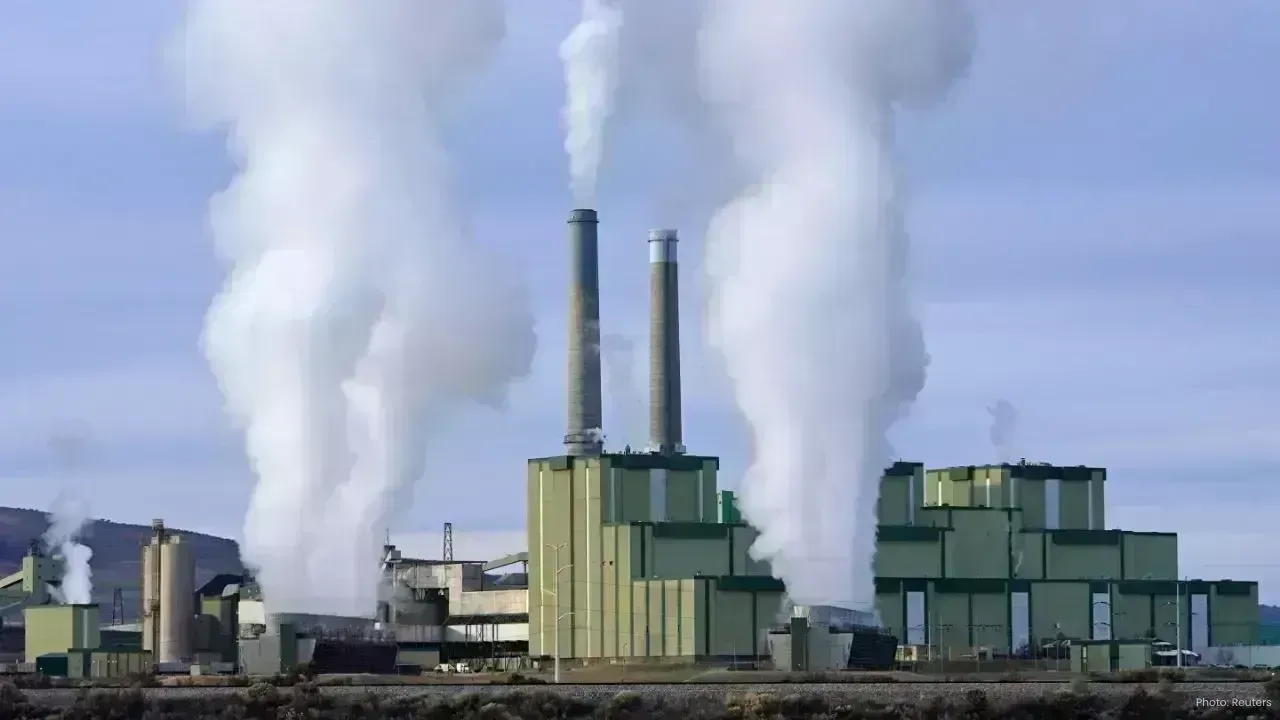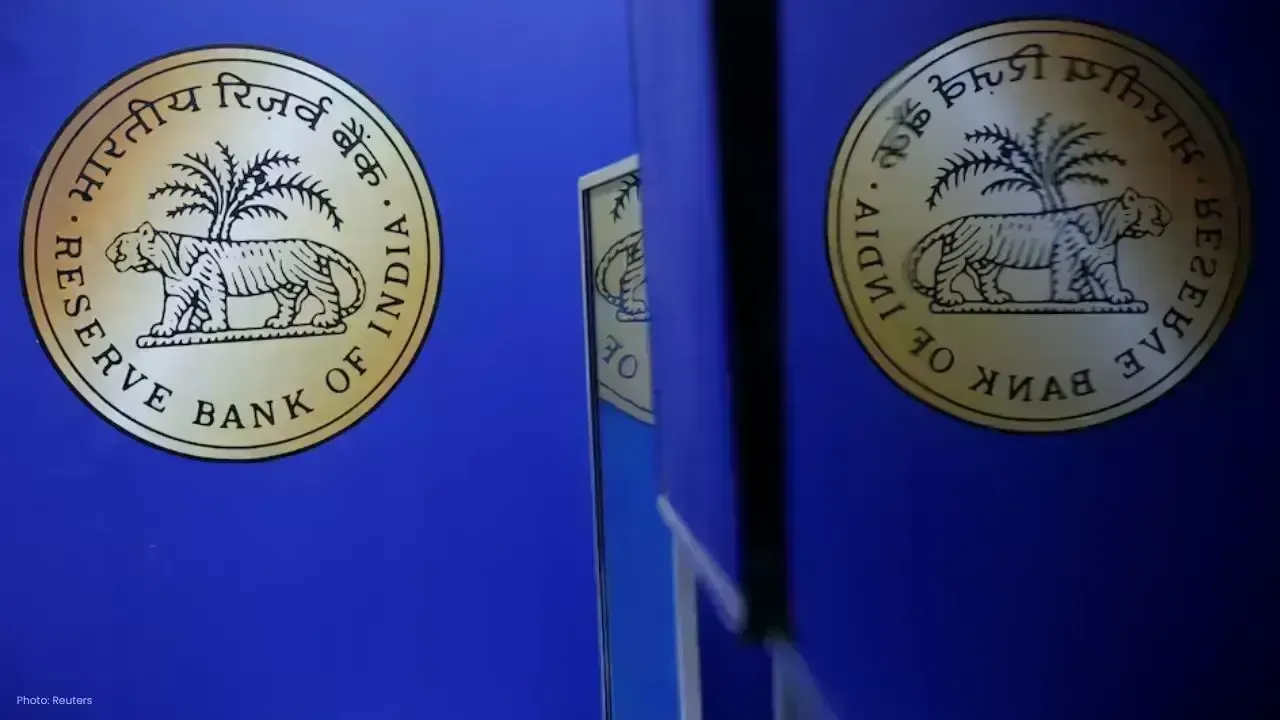You have not yet added any article to your bookmarks!

Join 10k+ people to get notified about new posts, news and tips.
Do not worry we don't spam!

Post by : Anis Farhan
For decades, the Amazon rainforest has been regarded as the “lungs of the Earth,” absorbing billions of tons of carbon dioxide while releasing life-sustaining oxygen. This vast green expanse, stretching across Brazil, Peru, Colombia, and several other South American countries, has played a crucial role in regulating the global climate. But new studies reveal a deeply troubling reality: the Amazon has crossed a dangerous tipping point. Instead of absorbing carbon dioxide, it is now emitting more than it stores, contributing to climate change rather than slowing it down.
This shift is not just an environmental statistic—it is a profound transformation that carries far-reaching consequences for ecosystems, weather systems, and human societies across the world. Understanding how the Amazon reached this state, what it means for global warming, and what can still be done is critical for the planet’s future.
The Amazon covers nearly 6.7 million square kilometers and is home to more than 390 billion trees across 16,000 species. These trees act as natural carbon vacuums, pulling greenhouse gases from the atmosphere and storing them in their trunks, roots, and soil.
Traditionally, the Amazon absorbed about 1.5 to 2 billion metric tons of carbon dioxide annually—roughly 5% of global emissions. But with rising deforestation, illegal logging, forest fires, and climate-induced droughts, the balance has shifted. Large portions of the Amazon, especially the southeastern region, are now releasing more CO₂ than they capture.
This reversal transforms the Amazon from a carbon sink into a carbon source. And once such a system tips, it can trigger feedback loops that worsen global warming, accelerating ice melt, sea-level rise, and extreme weather.
Human activity is the single largest driver of this crisis. Since the 1970s, nearly 20% of the Amazon has been deforested, mainly for cattle ranching, soy farming, and logging. In Brazil alone, deforestation rates surged dramatically in recent decades due to lax enforcement of environmental protections.
Every tree cut down releases stored carbon back into the atmosphere. Worse, deforested areas are often burned to clear land, adding massive amounts of CO₂ and methane to the air. The result is a vicious cycle: fewer trees mean less absorption of carbon, while fires and land clearing emit even more.
Satellite imagery has shown vast swathes of forest disappearing annually, equivalent to multiple football fields per minute. This rapid destruction not only undermines the Amazon’s ability to function as a carbon sink but also destroys biodiversity and displaces indigenous communities.
The Amazon is experiencing more frequent and intense wildfires, many of them intentionally set to clear land for agriculture. These fires release enormous amounts of carbon dioxide and black carbon, which further heat the atmosphere.
Climate change itself is also amplifying the problem. Rising global temperatures have led to severe droughts in the Amazon Basin, reducing tree growth and increasing tree mortality. Drought-stressed forests are less capable of absorbing carbon, while dead trees release carbon as they decompose.
This double blow—fire and drought—creates a dangerous feedback loop, where climate change worsens forest health, and the damaged forest then fuels further climate change.
The Amazon is home to more than 10% of the world’s known species, from jaguars and giant river otters to countless insects and rare plants. The destruction of the rainforest threatens to trigger mass extinctions.
When forests burn or are cut, animals lose their habitats, food sources vanish, and ecosystems collapse. Many species are highly specialized and cannot survive outside the delicate rainforest environment. The loss of biodiversity also undermines potential future discoveries—many modern medicines have been developed from Amazonian plants, and countless species remain unstudied.
Beyond ecology, indigenous peoples who have lived sustainably in the Amazon for centuries face displacement, loss of culture, and economic hardship as their land is destroyed.
The Amazon’s tipping point is not a local or regional issue; it has planetary consequences. If the rainforest continues to emit more CO₂ than it absorbs, the world’s carbon budget for limiting warming to 1.5°C becomes nearly impossible to achieve.
The Amazon also influences global weather patterns. Its vast moisture output fuels rainfall across South America and beyond. A weakened rainforest could lead to desertification in some regions while triggering extreme flooding in others. Farmers in Brazil, Argentina, and even the United States Midwest could see dramatic shifts in rainfall patterns, threatening global food security.
Studies published in leading journals have confirmed the alarming shift. Researchers monitoring carbon flux across the Amazon have recorded higher emissions in deforested and fire-prone regions. While some intact parts of the forest still act as carbon sinks, the overall balance is negative.
Scientists warn that if deforestation reaches around 25%, the Amazon could undergo “dieback”—a process where large areas transform into savannah-like landscapes. This would permanently alter ecosystems, release vast amounts of carbon, and eliminate the rainforest’s role as a global climate regulator.
Despite the grim outlook, efforts to reverse or at least slow the decline are underway. Governments, NGOs, and indigenous groups are pushing for stronger protections.
Reforestation Projects: Large-scale tree-planting initiatives are being implemented to restore degraded areas. While these take decades to mature, they offer hope for long-term recovery.
Strengthened Policies: Brazil and other countries are facing international pressure to crack down on illegal logging and enforce stricter environmental laws. Financial incentives, such as carbon credits, are being explored to reward preservation.
Indigenous Land Rights: Empowering indigenous communities, who have proven to be the most effective forest guardians, is a key strategy in conservation.
Global Cooperation: International agreements like the Paris Accord highlight the Amazon’s importance. Wealthier nations are being urged to provide financial support to help protect it.
If current trends continue, the Amazon could irreversibly lose its rainforest identity within decades. Vast areas would turn into dry savannah, biodiversity would collapse, and the rainforest’s ability to regulate climate would vanish.
This would not only push global temperatures higher but also create humanitarian crises. From displacement of local populations to food shortages and extreme weather globally, the Amazon’s decline will ripple far beyond South America.
The Amazon tipping point highlights a crucial truth: climate change is no longer a distant threat. It is unfolding now, reshaping ecosystems and societies in real time. Addressing this crisis requires a united global response that combines science, policy, and grassroots action.
For the world, the Amazon is more than a forest—it is a safeguard for life on Earth. Losing it would mean losing one of humanity’s best natural defenses against climate change. The tipping point has been reached, but the outcome is still in our hands if decisive action is taken.
This article is a factual and editorial-style analysis for DXB News Network. It is intended for informational purposes only and does not represent policy recommendations or institutional positions.










Kim Jong Un Celebrates New Year in Pyongyang with Daughter Ju Ae
Kim Jong Un celebrates New Year in Pyongyang with fireworks, patriotic shows, and his daughter Ju Ae

Dhurandhar Day 27 Box Office: Ranveer Singh’s Spy Thriller Soars Big
Dhurandhar earns ₹1117 crore worldwide by day 27, becoming one of 2026’s biggest hits. Ranveer Singh

Hong Kong Welcomes 2026 Without Fireworks After Deadly Fire
Hong Kong rang in 2026 without fireworks for the first time in years, choosing light shows and music

Ranveer Singh’s Dhurandhar Hits ₹1000 Cr Despite Gulf Ban Loss
Dhurandhar crosses ₹1000 crore globally but loses $10M as Gulf nations ban the film. Fans in holiday

China Claims India-Pakistan Peace Role Amid India’s Firm Denial
China claims to have mediated peace between India and Pakistan, but India rejects third-party involv

Mel Gibson and Rosalind Ross Split After Nearly a Decade Together
Mel Gibson and Rosalind Ross confirm split after nearly a year. They will continue co-parenting thei